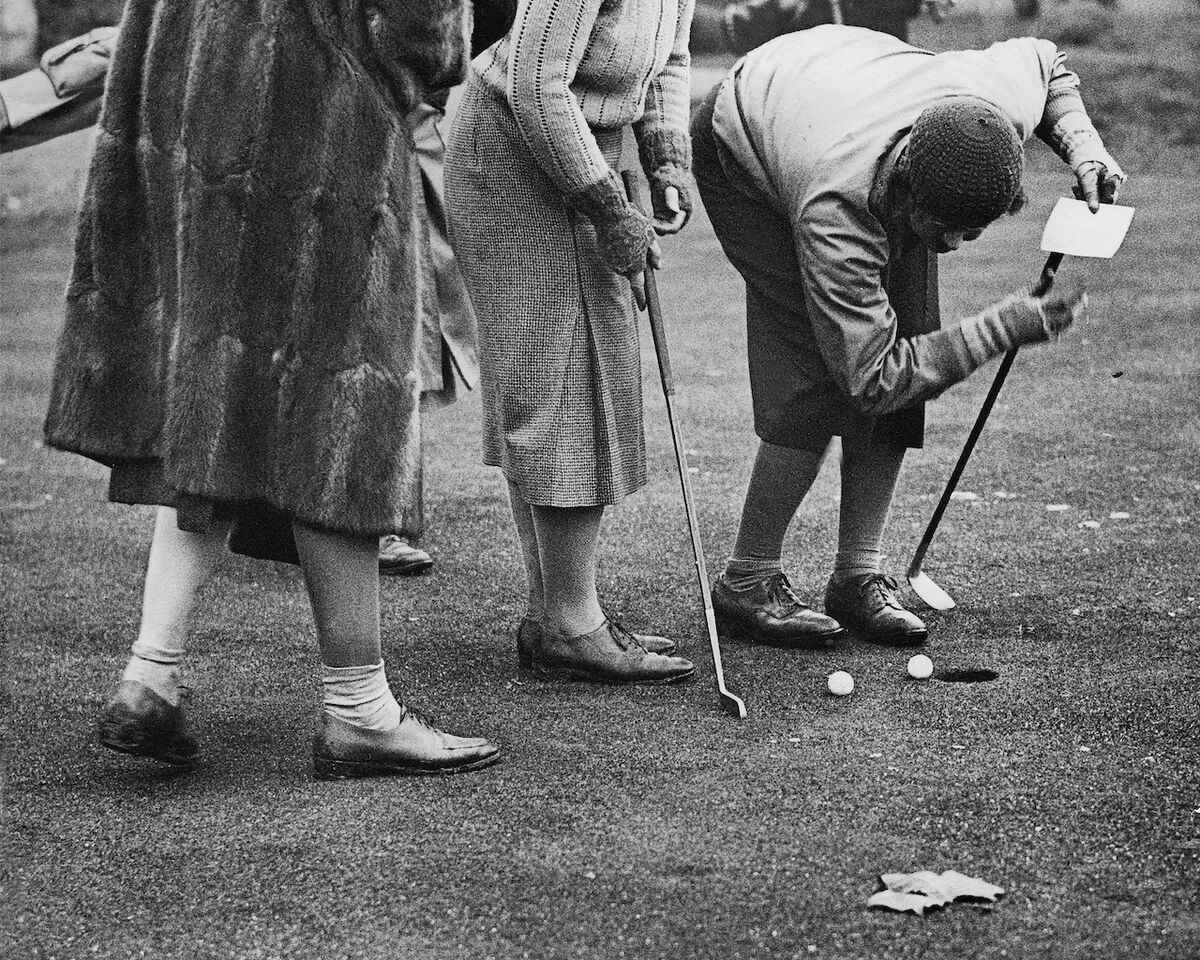Golf History: The Stymie

The rules of golf date back centuries and have remained surprisingly consistent, adapting mostly to changes in technologies over the years. However, one rule was the bane of golfers for over 200 years: The stymie.
What Was It?
A stymie occurred when your opponent's ball came to rest directly between your ball and the hole. It was a dead stymie if there was no path to the hole without bumping into your opponent. Under modern rules, the ball would be removed and its place marked on the green.
In the past, however, you were forced to play the ball even though your opponent’s ball was in the way. Golfers would sometimes intentionally try and stymie opponents if it was to their advantage. Golfers would be forced to try and bend or chip the ball around or over the obstacle.
RELATED: Golf Antiques and Relics: Peculiar Accessories of Golf History
Now if you hit the opponent’s ball this is where the real fun happened. There was no penalty for striking the ball and your ball would be played where it finally came to rest. As for your opponent, they now had a choice: they could put the ball back where it had originally lain or play it from its new location.
If you knocked your opponent's ball in the hole then they were considered to have holed out on whatever their last stroke was. This annoying situation is the origin of the modern usage of stymie which means to thwart or hinder, since a stymie did just that.
History of the Stymie
The stymie was part of the earliest rules of golf, when in 1744 it was decided that balls could only be moved if they touched each other. By 1775, this was amended to allow for the lifting of balls within six inches of each other, and by 1830 this rule only applied to match play.
By 1938 it was decided that balls within six inches of the cup could also be lifted, and the USGA finally did away with the stymie in 1950, while the R&A, whose rules generally governed European golf, still allowed it.
When the USGA and R&A unified the rules of golf in 1952, the stymie was officially gone. Now, all balls must be lifted if either player feels it serves as an advantage or disadvantage.
Today, there is a two stroke penalty in stroke play and a loss of hole in match play for hitting an opponent's ball on the putting green with a ball that began on the putting green.
Here is a historical example of a stymie at the 1948 PGA Championship. At 00:15, Mike Turnesa stymies Ben Hogan, who then chips the ball but misses the hole.